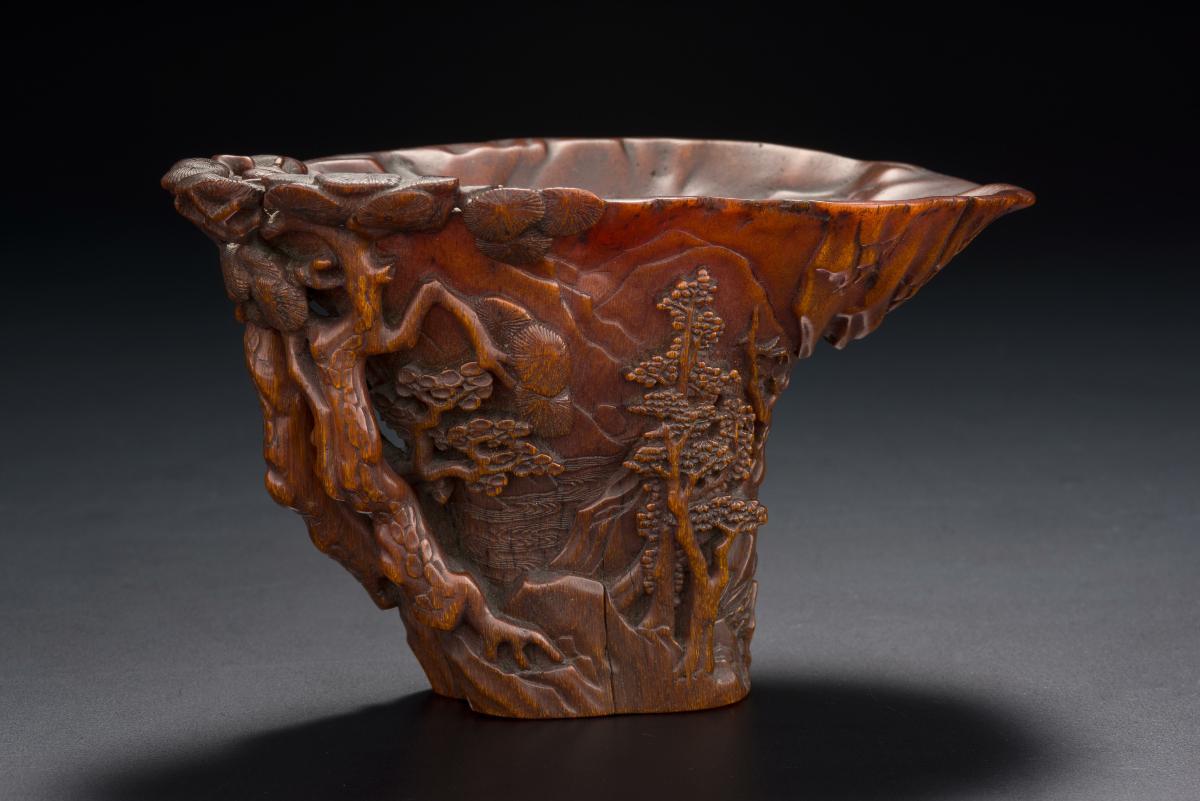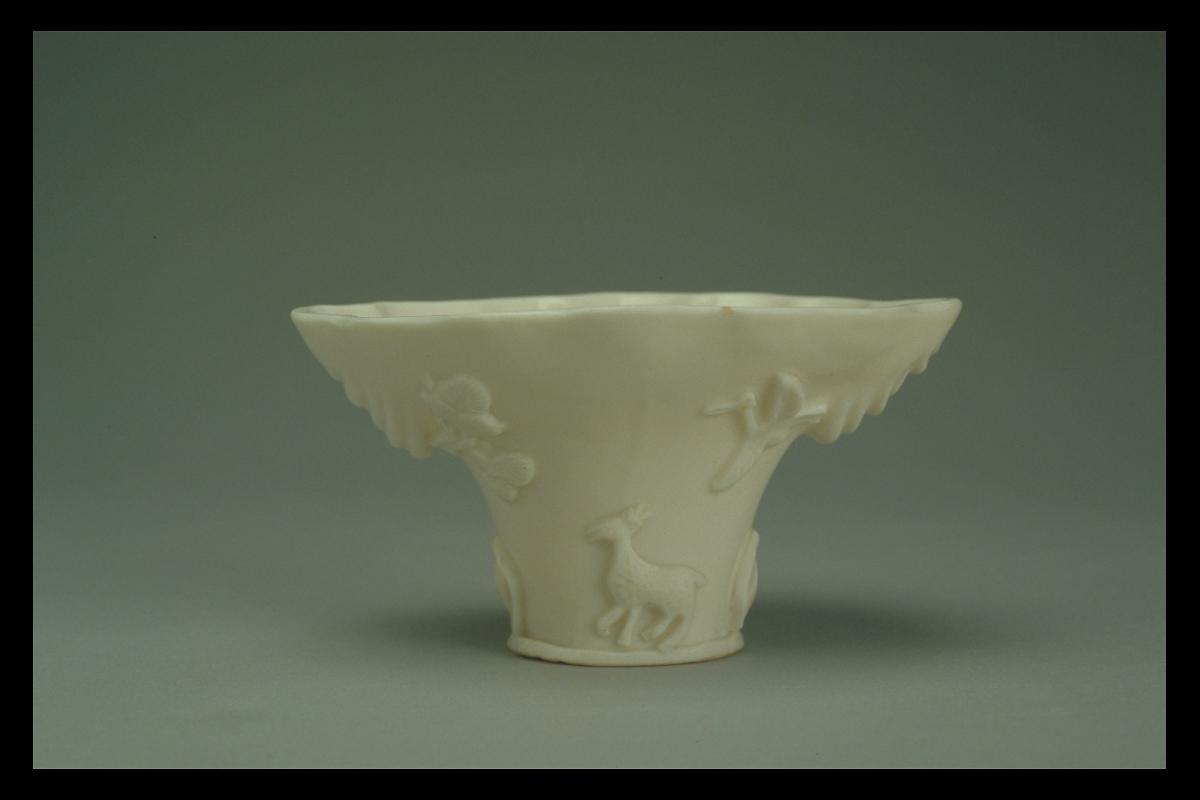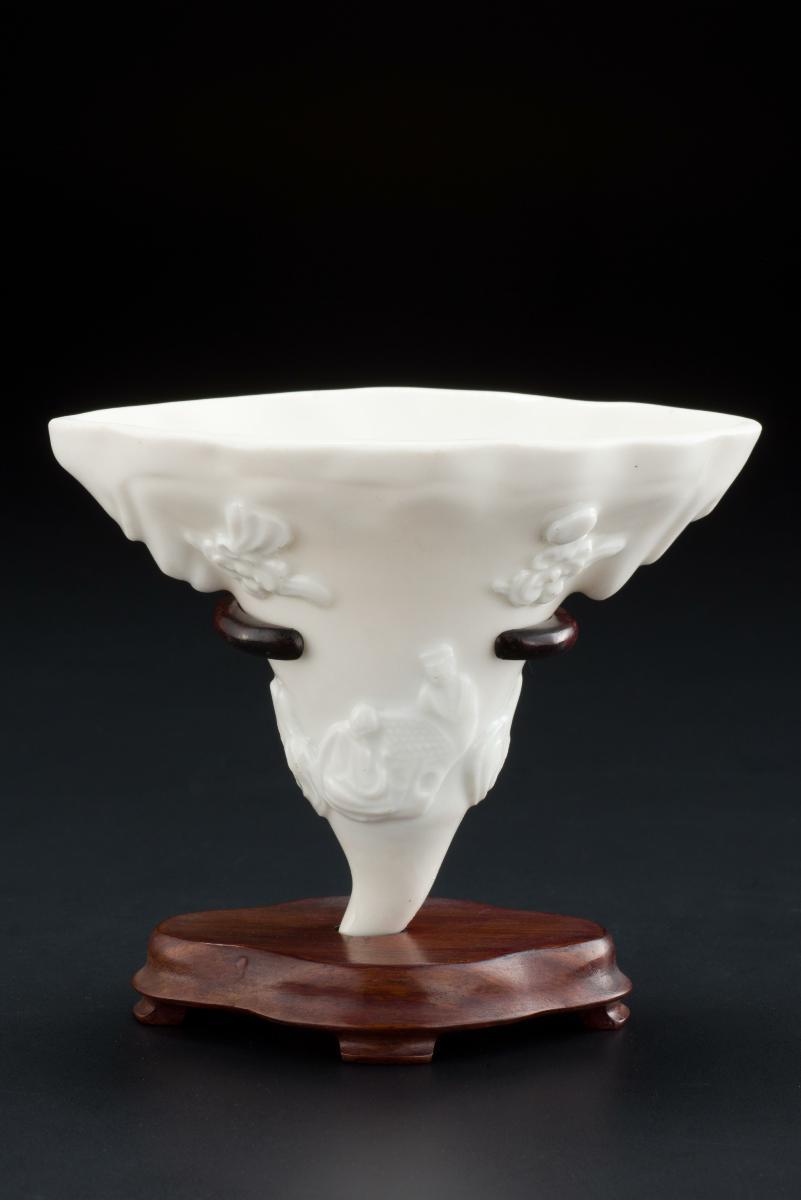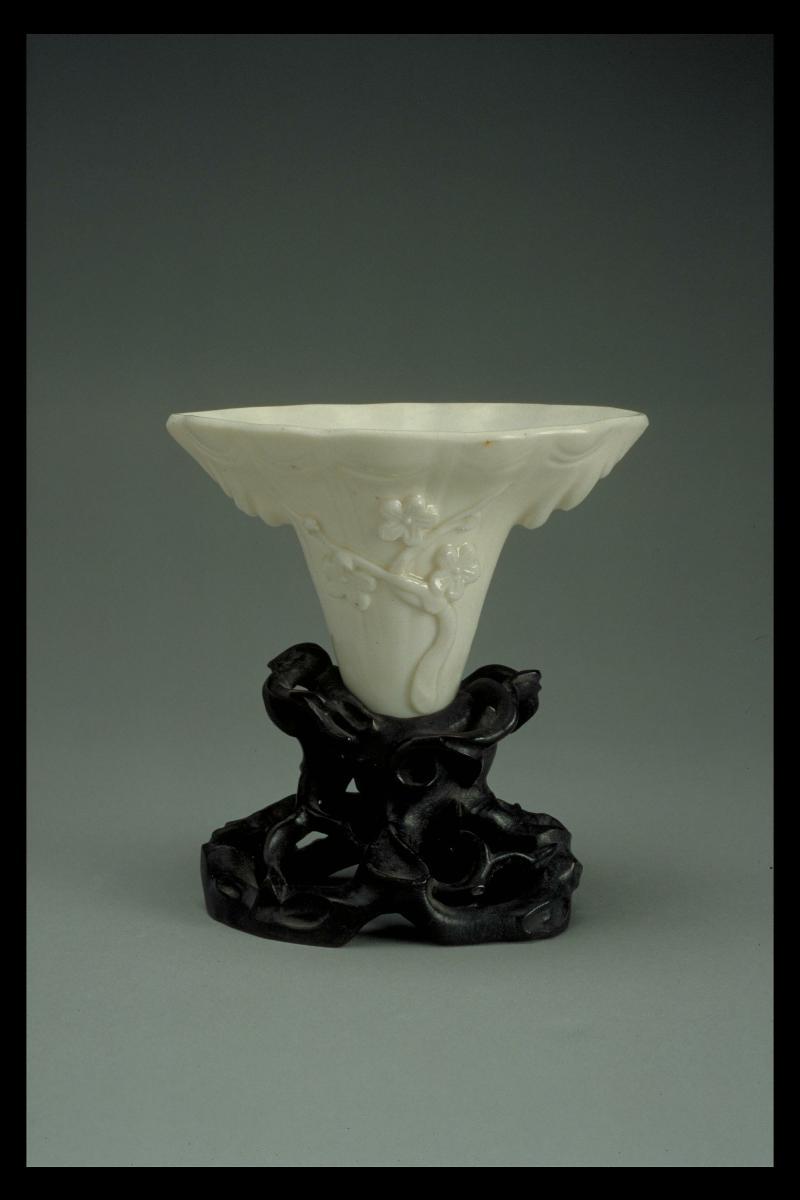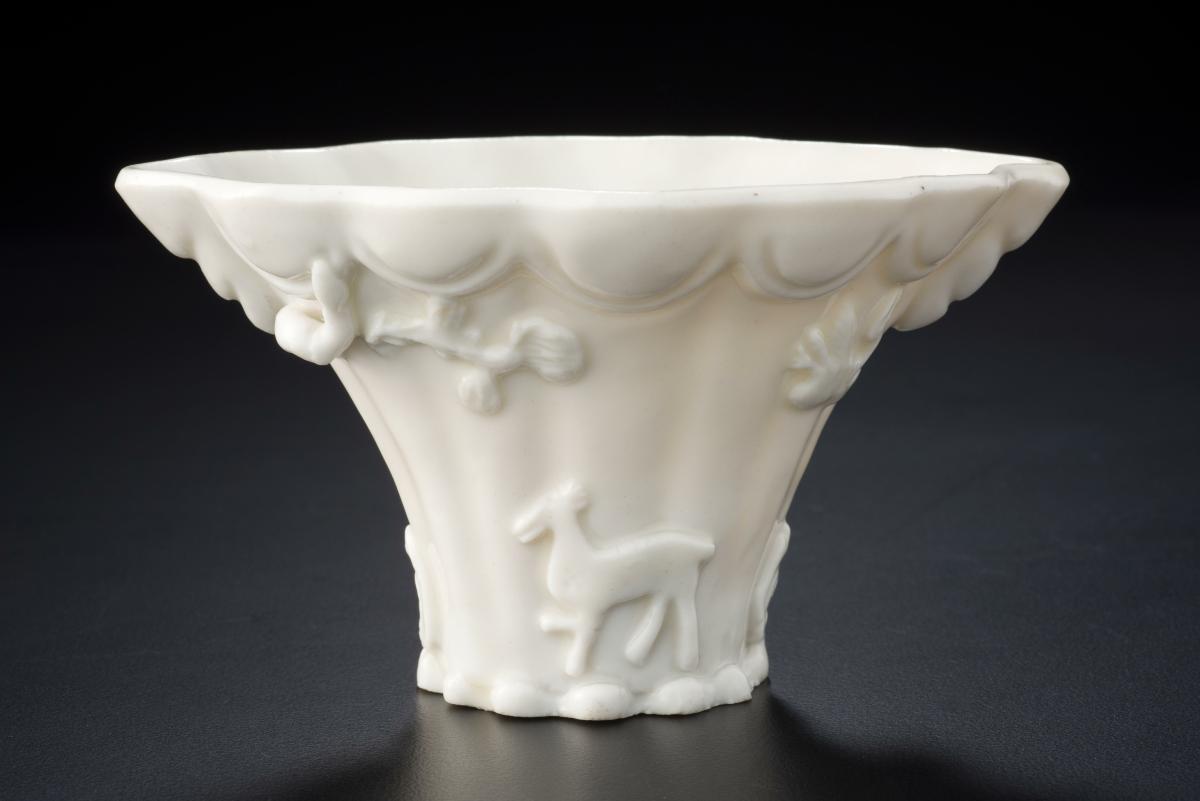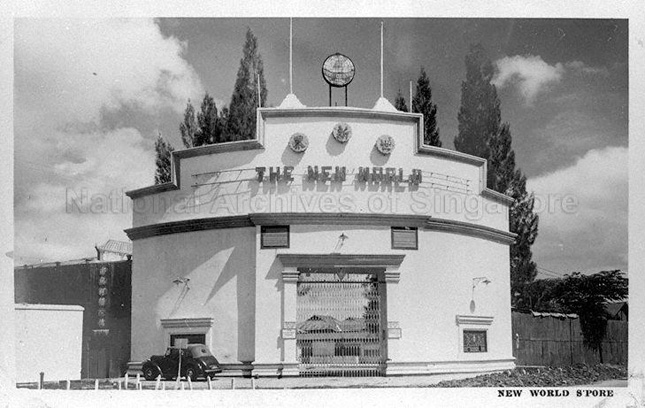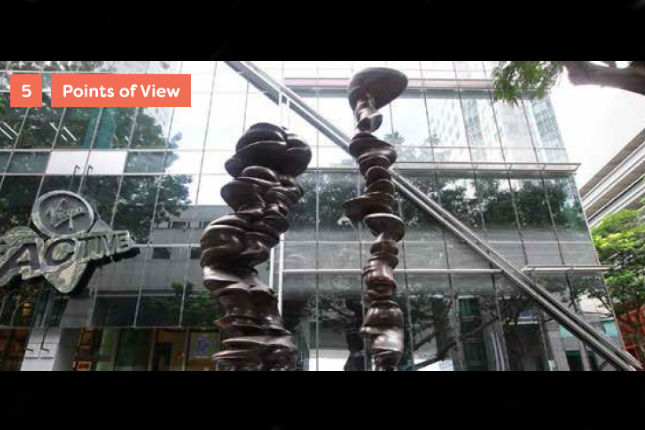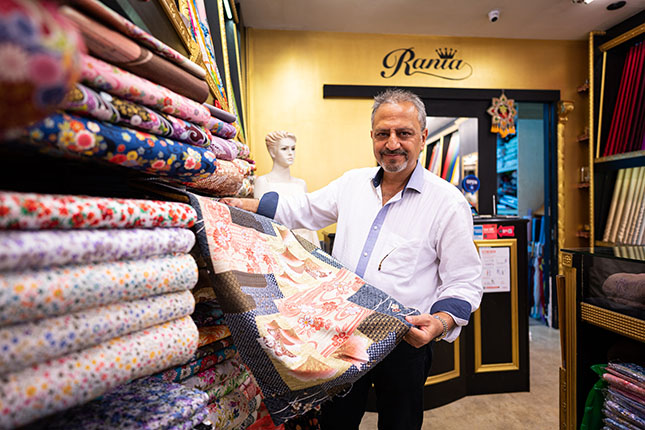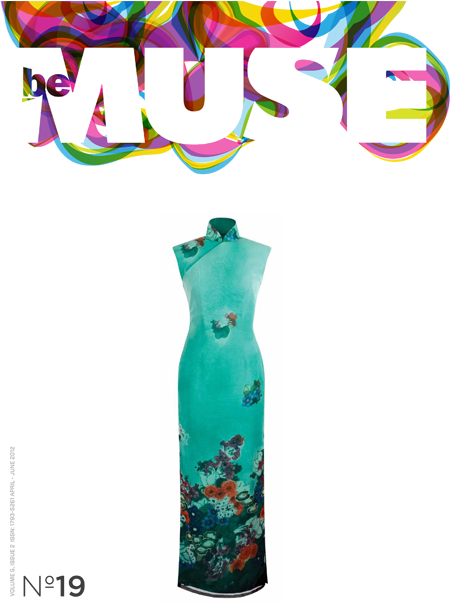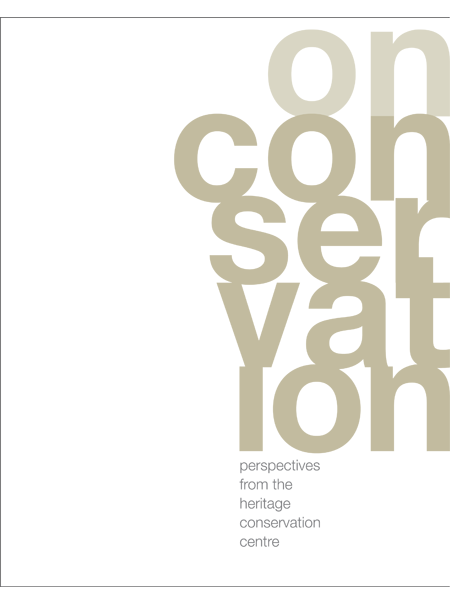This flaring, ovoid rhinoceros horn cup imitates the rhino horn, which was the prototype for this style of cup. The rhinoceros horn was valued in China since the Han period (206 BCE-220 CE) for its medicinal and magical properties. These cups date from the late Ming era (1368-1644) and were an exotic import from Southeast Asia, probably influencing porcelain production at Dehua. They were the most ubiquitous form of blanc de Chine made for both domestic and export markets. The cups were a conspicuous symbol of wealth and mostly likely decorative. Rhino cups were also called libation cups, as they may have been used as wedding cups by the bride and the groom on their wedding night. blanc de Chine or ‘white of ‘China’, is a French term for the porcelain that Europeans imported from China during the 16th and 17th centuries.




